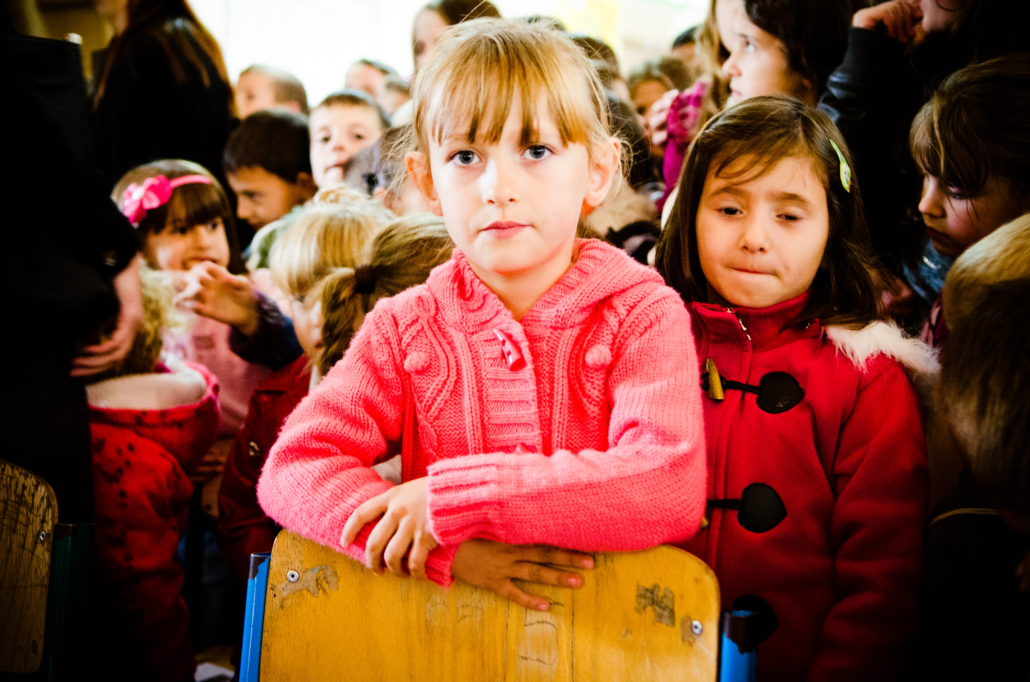Child Soldiers in Kosovo

The use of child soldiers has long been a tragic consequence of war, affecting countless regions across the globe. The Kosovo War (1998–1999) was no exception, with reports highlighting the involvement of child soldiers in armed groups like the Kosovo Liberation Army (KLA). Today, Kosovo has largely transitioned from its wartime past to a period of relative stability. However, there is little evidence to suggest current use of child soldiers in Kosovo.
Kosovo War
The Kosovo War, a violent struggle for independence from Yugoslavia, saw widespread human rights violations, including the use of child soldiers.
In February 1998, the Kosovo War broke out between Albanian Kosovo residents, who sought independence and self-determination, from the Federal Republic of Yugoslavia and Serbian government forces as there was deep-seated animosity between the Albanian majority and the Serbian minority. Serbia’s policies of repression, including the systematic denial of rights to ethnic Albanians, escalated tensions. The Kosovo War lasted 15 months and 15,000 people lost their lives. In 1999, the war concluded with the withdrawal of the Serbian army and the establishment of the United Nations Interim Administration Mission in Kosovo.
Child Soldiers
The KLA, otherwise known as the Ushtria Clirimtare e Kosoves – UČK, a mostly Albanian Kosovan paramilitary group fighting for Kosovo’s independence, reportedly recruited children as young as 15. While some joined voluntarily, inspired by nationalist sentiments or familial pressure, however, there were also cases of coercion and manipulation. Furthermore, during the war, widespread poverty fueled the vulnerability of children to exploitation and becoming child soldiers.
In October 2000, the International Organization for Migration (IOM) revealed that among the 16,024 registered members of the Kosovo Liberation Army (KLA), approximately 10% were under the age of 18. Most of these minors were 16 or 17 years old, while around 2% were younger than 16. The youngest recruits, predominantly girls, were typically assigned roles such as cooking and logistical support rather than direct combat. Other girls also joined the KLA, such as a 15-year-old whose father proudly declared, “I am a soldier, my son is a soldier, my daughter is a soldier, and all my 11 children will become soldiers. We will fight until we achieve our freedom.”
Legislature After War
After the war concluded in 1999, Kosovo has since claimed independence in 2008, but the scars of war, particularly among youth, continue to be felt.
Despite this, Kosovo has made strides in ensuring the safety and future of its children. Legislative reforms in Kosovo have played a pivotal role in aligning the country’s child protection policies with international standards. Kosovo’s implementation of its 2003 Criminal Code incorporates provisions at criminalizing recruitment of child soldiers.
Articles 151 and 153 specifically address the conscription or recruitment of children under the age of 15 into national armed forces, armed groups, or their use in hostilities during international or non-international armed conflicts. These acts are considered grave violations, punishable by sentences ranging from 5 years to life imprisonment. However, these provisions apply only during an actual armed conflict.
In addition, Article 155 criminalizes the recruitment of children aged 15 to 18, irrespective of whether an armed conflict exists. This offense carries a penalty of 1 to 10 years in prison. These protocols have strengthened Kosovo’s legal frameworks to protect children from exploitation in armed groups in any future armed conflict.
Economically
Prior to the war and changes that took place on the Balkan peninsula, Kosovo was the poorest by the region’s standards. By the draw of the war, nearly half of Kosovo’s population lived below the poverty line. The conflict significantly reduced the number of able-bodied workers, caused extensive damage to most infrastructure, and severely disrupted commercial activity. Poverty was directly correlated with child soldier recruitment, as impoverished families often faced coercion, or children voluntarily joined for the promise of basic needs or nationalist fervor. Today, while progress has been made, Kosovo still grapples with significant poverty levels, with over 30% of its population living below the poverty threshold. This underscores the ongoing need to address poverty as a root to prevent the cause of child exploitation and can help reduce ethnic tensions to prevent another war.
Conclusion
During the Kosovo War, child soldiers were a significant percent of soldiers, showing how poverty and conflict affects vulnerable populations.
Today, while the recruitment of child soldiers in Kosovo has largely ceased, the scars of war remain in economic hardship. Addressing ongoing economic hardship and strengthening child protection laws are essential steps in preventing future exploitation. By fostering education, economic opportunity and community resilience, Kosovo can continue its post-conflict recovery for peace and stability.
– Avery Hazard
Avery is based in Spain and focuses on Politics for The Borgen Project.
Photo: Flickr
